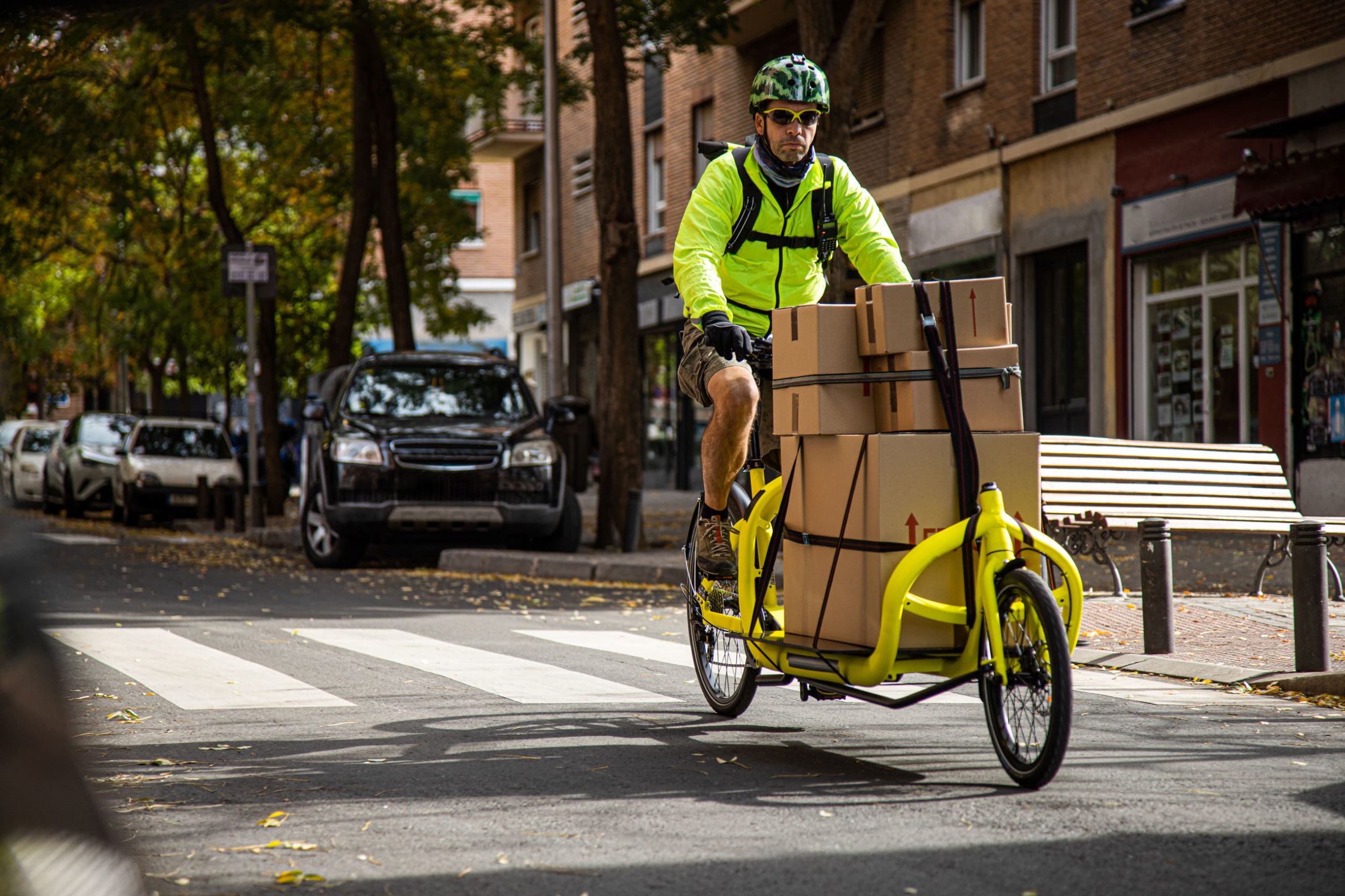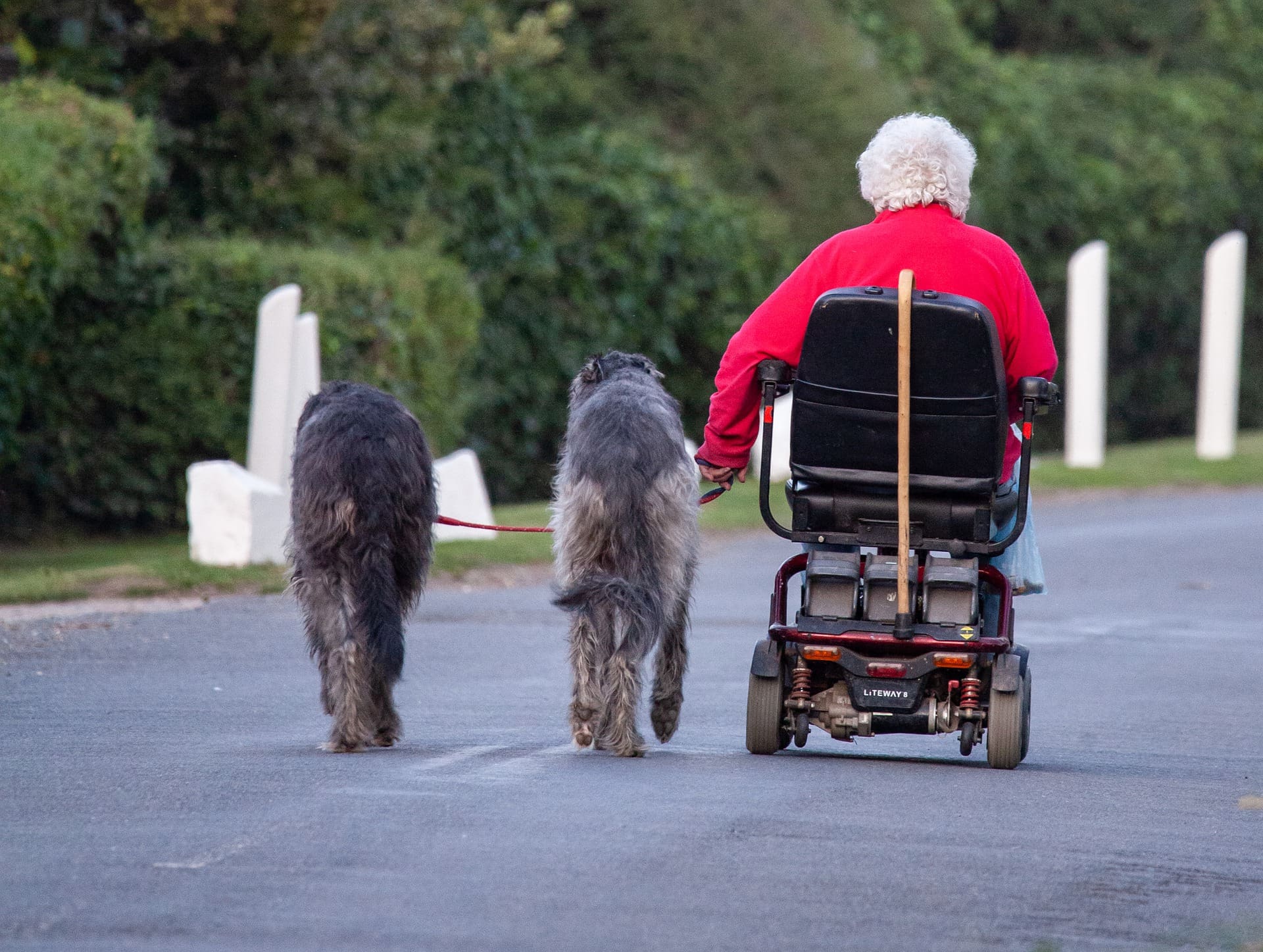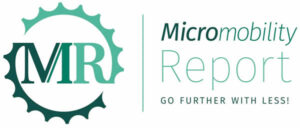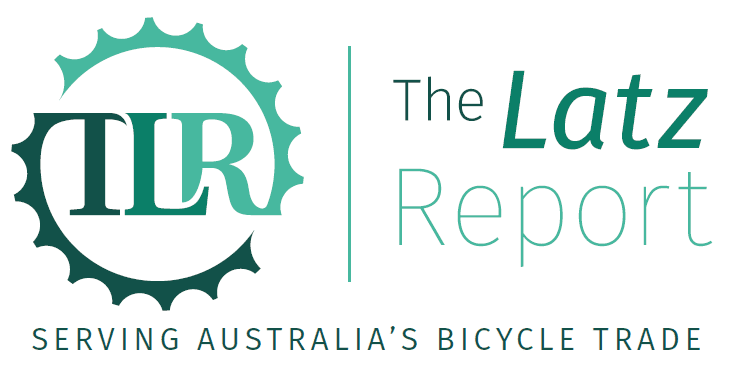About The Micromobility Report
The Micromobility Report was launched in late 2020 by publisher Phil Latz. It aims to serve the Australian Micromobility industry. Its goal is to help industry members become more profitable by providing well presented, timely, accurate and unbiased information.
Why Publish the Micromobility Report?
An unprecedented combination of circumstances is seeing an explosive growth in Micromobility. We are confident this is just the beginning. These circumstances include:
All of these circumstances were already in play, but challenges and changes in transport, work habits, social distancing and a host of other imperatives imposed by Covid-19 is accelerating the growth of micromobility. What might have previously taken years to achieve is now happening in months.

Why Publish the Micromobility Report?
Through producing the website, newsletters and related social media, we aim to help you by:

About Phil Latz
Phil Latz started racing bicycles in 1972 at the age of 10. He started a bicycle media business, Bicycling Australia, in 1989, initially with one magazine of the same name.
Over the next 25 years this business grew to encompass Mountain Biking Australia, Bicycling Trade, Bicycling Yearbook, the Bicycling Australia Show, Where to Ride cycling guidebooks and a range of other activities. Phil progressively sold parts of the business in to three separate buyers between 2014 and 2017. After two years working as Development Director for We Ride Australia, Phil resigned from that role to found The Latz Report. In late 2020 he founded the Micromobility Report.
He also works as a consultant for various organisations and as a business coach. He can be contacted at phil@thelatzreport.com.au or on 02 4225 8372.


About The Logo
The cog with 16 teeth that surrounds the logo is a reference to a very basic magazine called Sprocket that Phil started publishing from the age of 16. Sprocket covered the South Australian road and track racing scene through the early 1980’s. It marks a ‘bookend’ as Sprocket was the first of Phil’s many publications.
The Micromobility Report logo has been designed with the same brand concept as The Latz Report logo, to bring together a family of publications aimed at accelerating the implementation and adoption of micromobility solutions Australia-wide.
The three progressive shades of green also have several meanings. The split 'M' starts with British Racing Green, associated with racing cars the progression to lighter shades implies that we should also embrace lighter forms of transport by choosing Micromobility solutions.
The lightest shade of green used for the 'R' reflects the eucalypt green used in the House of Representatives in the new Parliament House in Canberra. This reflects the national importance of micromobility and the need for the community to lobby our federal government to give it the support and recognition it deserves.
Finally the three green shades in combination reflect some key benefits of micromobility both for our natural environment and for our cities, in which so many Australians live.



